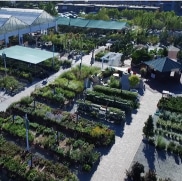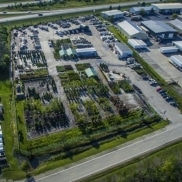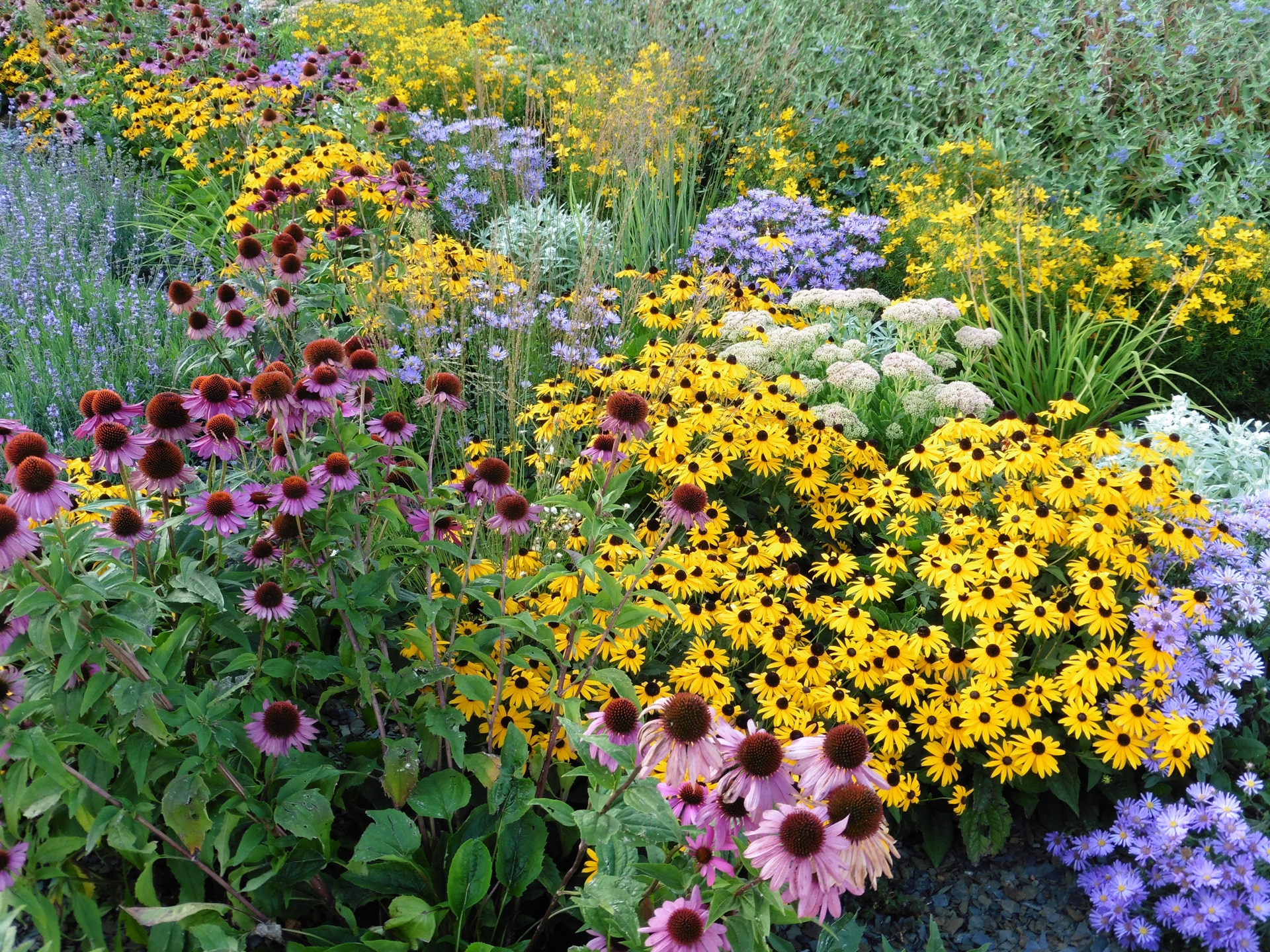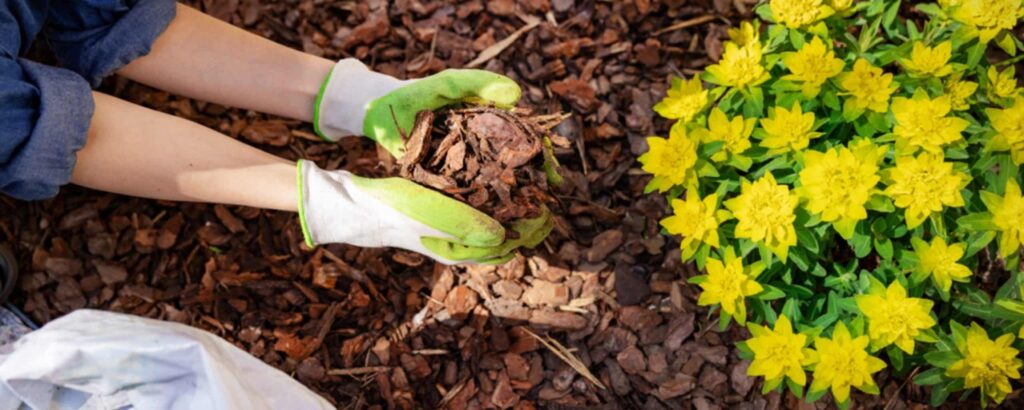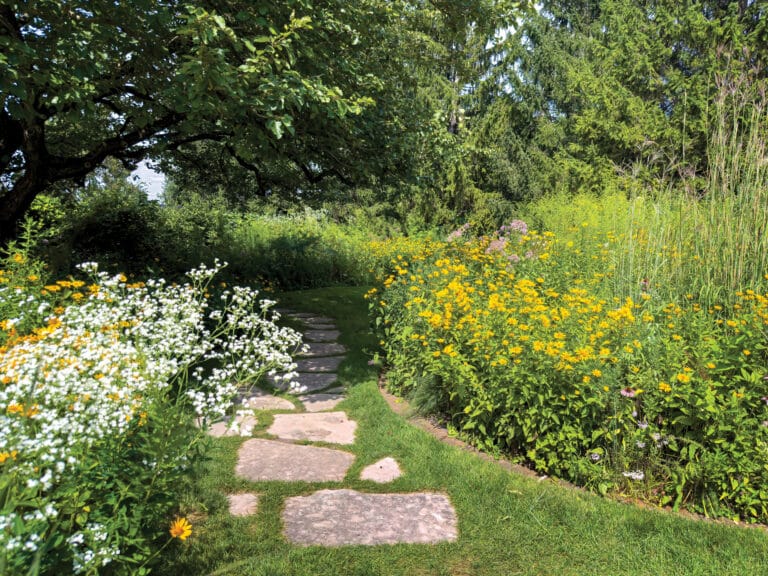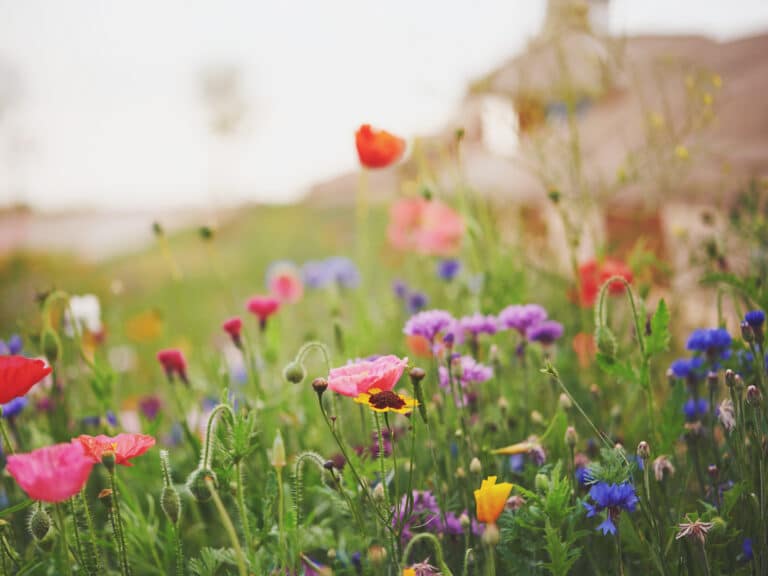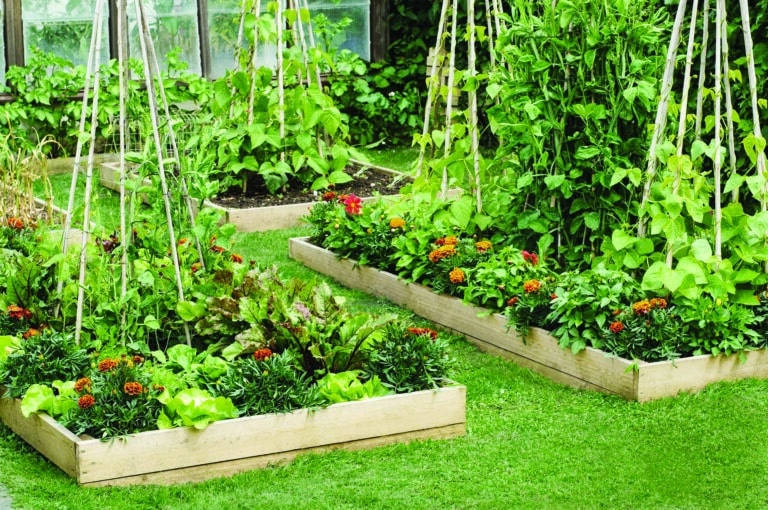Find ways to maintain vibrant gardens post-spring bloom with Lurvey’s guide on choosing the right fertilizers and providing optimal care for your plants.
Welcome to Spring: Nurturing Your Garden’s Post-Bloom Phase
As winter melts away and little signs of green appear, this signals to gardeners that spring is coming! Spring garden care is really a labor of love that can set the stage for the months ahead. During the post-bloom phase, flowers need special attention to ensure the plant not only recovers from its vibrant flower bloom phase but also prepares for vigorous growth to come. In spring, understanding how to nurture your garden is key to building a lush, thriving outdoor space throughout springtime and a healthy transition into summer. We’ll be looking at the importance of fertilizer, different types, best practices, post-bloom care, and more.
Fertilizer Fundamentals: Choosing the Right Nutrients for Spring
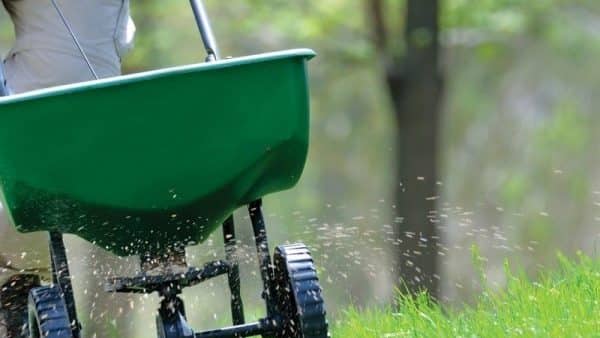
Who doesn’t love spring? For gardeners, we’ve been planning all winter for the day to arrive. Top of mind is fertilizer and choosing the best one for our spring garden. Fertilizers are so important. The right nutrients can invigorate your soil and plants, creating a spectacular display of colors and fragrances.
Whether you lean towards organic or inorganic fertilizers, they play a big role in the health and beauty of your garden. We’ll be looking at different types of fertilizer, best practices, tips on flower care, transitioning to a summer garden, and more. Let’s get started.
Different Types of Fertilizers for Spring Gardens
Most gardens need a little boost to give you the most gorgeous blooms, and that boost comes in the way of fertilizer. There is a wide variety of fertilizers available to gardeners, and each brings its own set of benefits. From the slow-release options to targeted, selecting the right fertilizer is like choosing the best food for your plants. Additionally, fertilizers can impact the appearance of your garden and its long-term health and productivity. A few fertilizers we’ll be discussing include:
- Organic Fertilizer
- Synthetic Fertilizer
- Slow-release Granules
- Water Soluble Fertilizers
- Specialty Fertilizers
Specialty fertilizers are formulated for specific plants like roses, African violets, vegetables, or lawns, catering to their unique needs. For more detailed information on these fertilizers, please visit Lurvey’s website or stop by one of our locations and talk to a team member.
| Types | Benefits | Nutrient Content | Application |
| Organic | Enhances soil health, slow release | Varied NPK, micronutrients | Apply in early spring, mix into soil or top dress |
| Inorganic | Quick nutrient release, precise NPK ratios | High NPK, specific to the formula | Follow package instructions, which are ideal for targeted feeding |
| Slow-release | Gradual nutrient supply, less frequent application | Controlled NPK release | Incorporate into soil at planting, every 3-6 months |
| Water-soluble | Immediate effect, easy to apply | High NPK, fast absorption | Dissolve in water, apply every 2-4 weeks |
| Specialty | Tailored for specific plants or needs | Varies by product | Apply as directed, often designed for specific intervals |
Application Techniques for Maximum Effectiveness
When choosing your proper fertilizer, following the manufacturer’s instructions is best. By following these guidelines, you not only ensure the efficient use of the fertilizer but also prevent wasting money. Moreover, accurate application in accordance with the recommendations contributes significantly to the overall health and vitality of your plants. This attention to detail not only benefits your garden but also promotes sustainable and responsible gardening practices.
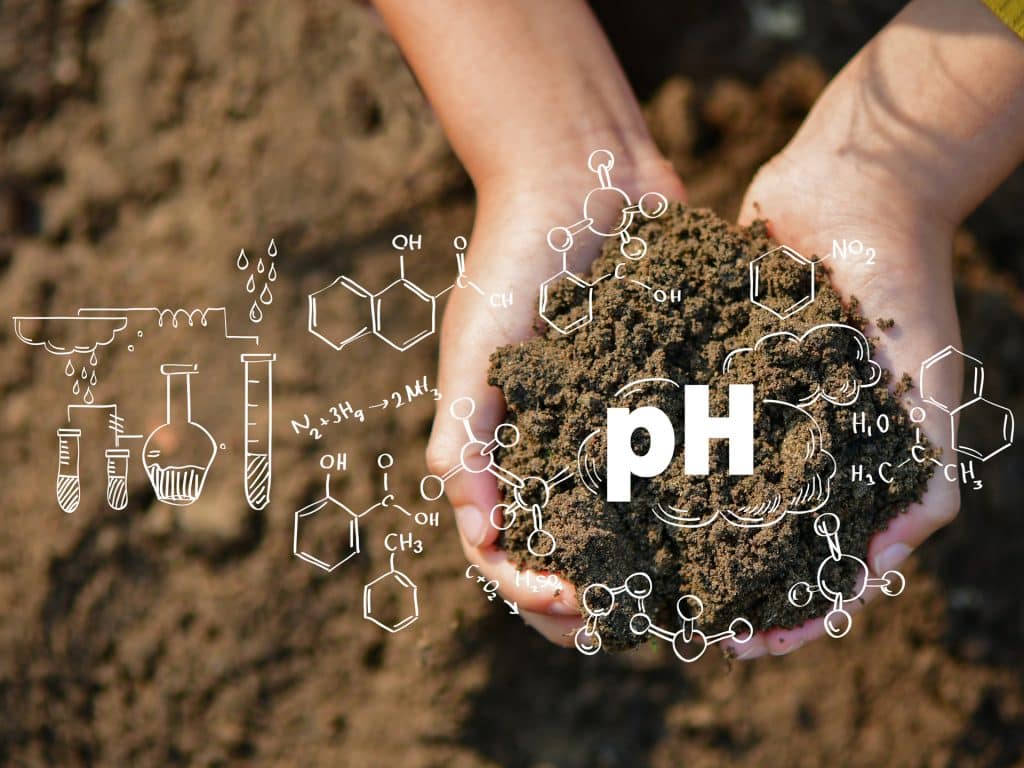
Here are more best practices for applying fertilizers to your outdoor spring garden:
- Read the Instructions – Always start by reading the label. It will provide important information and proper dose and application tips.
- Test Your Soil – Knowing your soil’s pH and nutrient content can help you choose the right fertilizer and determine the best application rate.
- Apply at the Right Time – For most spring blooms, the best time to apply fertilizer is just as they start to grow actively. Early morning or late afternoon is ideal to avoid direct sunlight.
- Water Before and After – Water your garden lightly before applying granular fertilizers to help it adhere to the soil. After applying, you can water again to help the nutrients further seep into the soil.
- Use the Right Amount – Over-fertilizing can be just as harmful as under-fertilizing and end up wasting money. Always use the recommended amount to avoid damaging your plants.
- Top Dressing – For established plants, gently work fertilizer into the soil around the plants without disturbing their roots and water thoroughly.
Special Care After Planting Spring Blooms
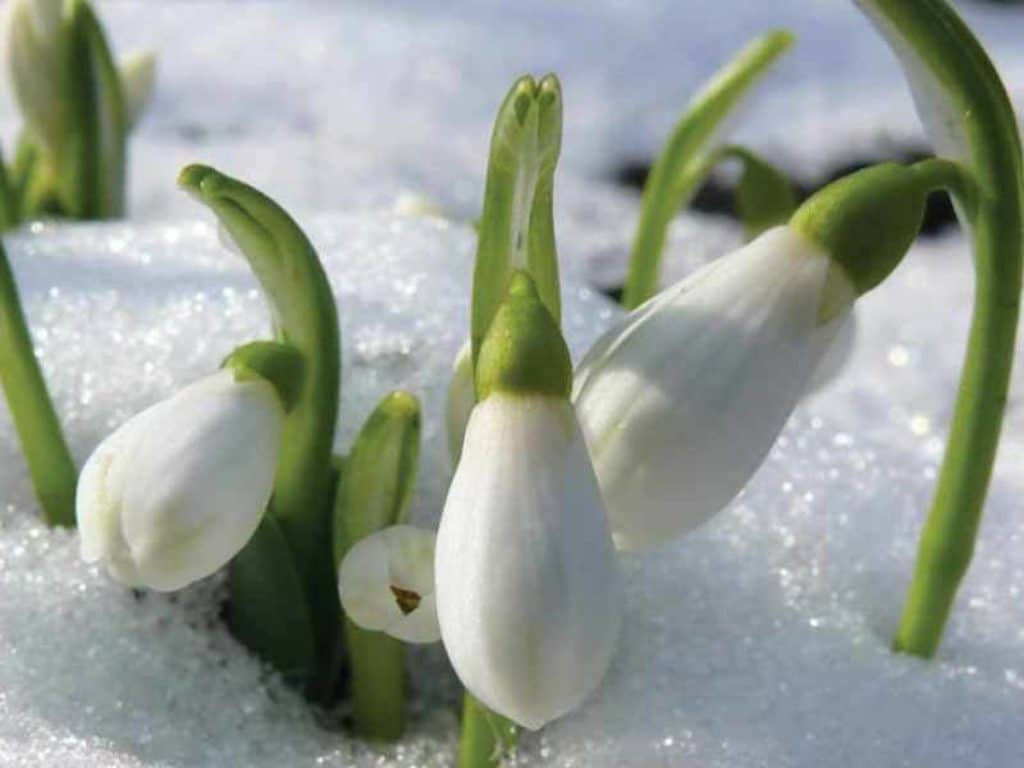
Spring can be a challenging growing season, mainly because of temperature fluctuation. In Illinois, we can have warm sunny days and then freezing temperatures the next day. Here are some best practices for caring for your plants during the spring.
- First, watch the weather forecast. Cover sensitive plants with frost cloth or burlap if a freeze is expected to protect them from cold damage.
- If you’ve started plants indoors, gradually acclimate them to outdoor conditions over a week before planting them in your garden to prevent shock.
Overall, spring weather can be unpredictable. Regularly check your flowers and other plants for signs of stress, pests, or diseases, and address issues quickly to keep them healthy and strong.
Post-Bloom Plant Care: Ensuring Season-Long Vitality
Caring for Spring Blooms After They Flower
Few flowers are “plant it and forget about it”. Besides, tending to your garden is part of the fun of gardening! Here are some tips for post-bloom care:
- Deadheading – Remove spent flower blooms to encourage more flowering and prevent the plant from putting energy into seed production.
- Consistent Watering – Keep the soil consistently moist but not soggy. Early morning is the best time to water, as it allows the water to soak in and not evaporate in the high heat.
- Soil Maintenance – Mulch around your plants to help keep moisture where it’s needed and its temperature stable. Mulch also helps reduce weed growth. You can add compost to enrich the soil even more.
Special Care for Popular Spring Flowers
Some flowers require special care. (We’re looking at you, orchids!) Many gardeners enjoy tulips and daffodils, and these flowers can benefit from a little TLC too.
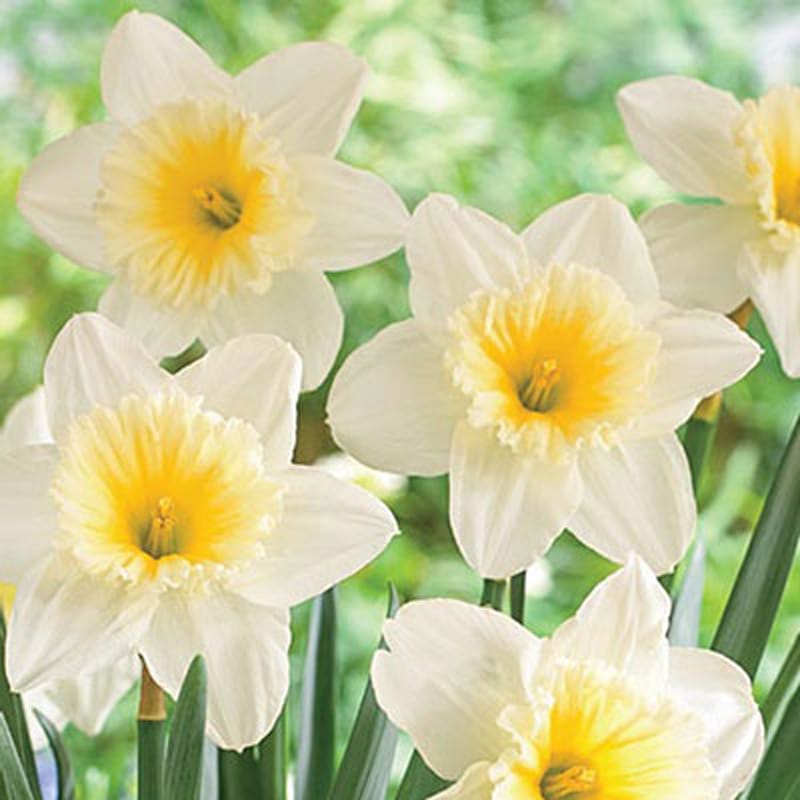
Daffodils don’t need to be deadheaded. You can allow the flower to die back naturally. This will provide the bulbs with the energy needed for next year’s blooms. Reduce watering as the foliage yellow and ceases, and apply fertilizer to nourish the bulbs for the next spring. However, some gardeners like to deadhead them to keep their garden looking tidy.
Orchid care is important post-bloom. At this stage it enters a phase of rest; during this time, reduce watering slightly and maintain a consistent temperature and humidity level. For the best comprehensive orchid care, fertilize with an all natural premium soil mix every other week to encourage new growth and future blooms, or use a liquid bloom booster.
Tulips benefit from deadheading once their flower blooms fade to prevent seed production. Water them sparingly as they enter dormancy, and consider removing the bulbs to store in a cool, dry place, especially if your area has wet summers.
Next Steps: Preparing Your Garden for Summer
As spring moves into summer, transitioning your garden will ensure that your garden maintains beautiful hues throughout the season. You’ll need to maintain your garden in these areas:
- Adjust Watering Habits
- Mulch
- Prune Spring Bloomers
- Plant Summer-Blooming Flowers
- Fertilize
Your Spring Garden, Transformed
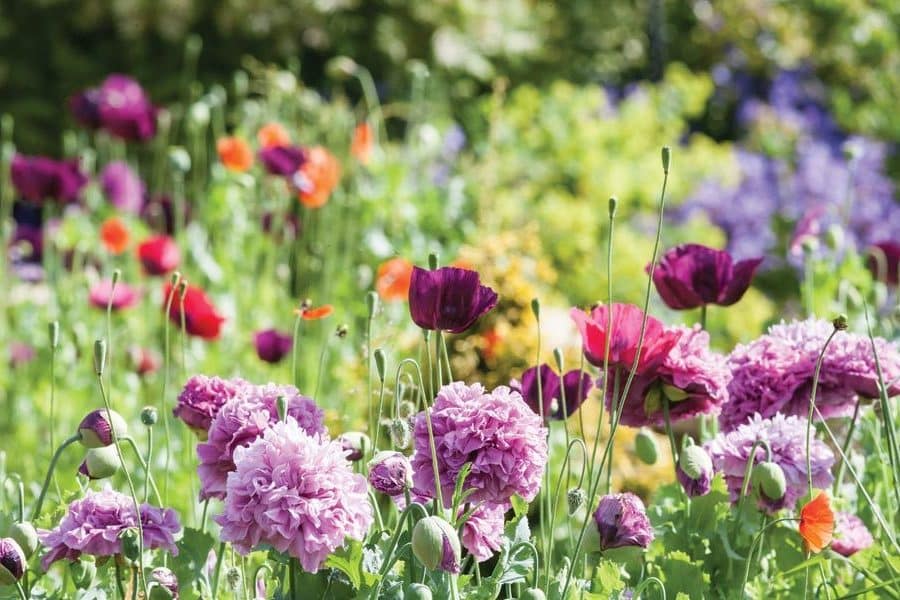
We can’t stress enough the importance of fertilizer for your spring flower garden. Choosing the right fertilizer for your lovely blooms and all your hard work will contribute to a lush, colorful garden and year-round beauty. For all your gardening needs, from landscape planning, garden and lawn fertilizer to the perfect plants and outdoor accessories, Lurvey is here to support you throughout your growing season. Stop by one of our locations to talk with a garden and landscaping pro or look through planting and design resources written by the Lurvey team. You’ll find information on:


